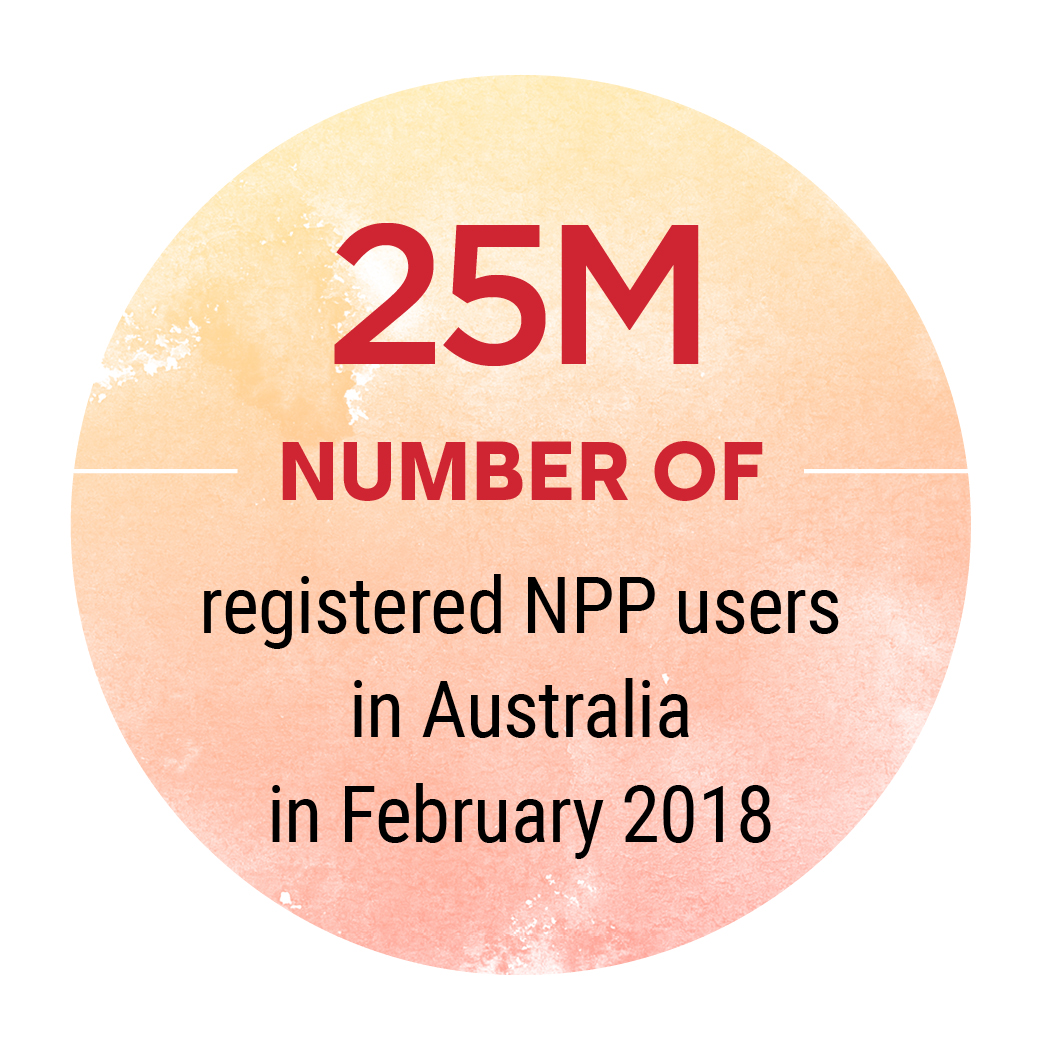
Whether in Australia, India, Europe or the United States, mobile phones aren’t just driving interconnectivity, but are the key channel driving innovation in payments and commerce.
Still, even in this digital world, where everyone and everything is connected via mobile, going global can be tough for a company looking to expand its operations abroad. Payments landscapes in different regions can vary greatly, and to succeed, businesses need to know the ropes.
Take China, for example. Chinese consumers spent $1.2 trillion in mobile payments via Alipay and WeChat Pay in just the first three quarters of 2017. Meanwhile, in India, growing mobile penetration is fueling digital payments, which are expected to hit $1 trillion in market value by 2023 — a radical shift in payment preferences post-demonetization.
Mobile is also transforming the American payments market in a different way. As many as 33 percent of consumers use virtual assistants on their smartphones to shop, transfer funds and view their credit scores every day. Companies are realizing how important it is to venture into the virtual assistant ecosystem if they want to get a leg up on competition.
Meanwhile, the Single European Payment Area Instant Credit Transfer (SCT Inst) scheme, which allows users to transfer Euro-based funds in as little as 10 seconds, is not a technological innovation, but rather a broader, legal one, which businesses can leverage to expand their consumer base in Europe.
And in Australia, where 60 percent of all POS transactions are contactless, the New Payments Platform (NPP) is making digital payments easier and more convenient than ever — all while processing payments in real time. Australian consumers are accustomed to contactless payments, and reaching those consumers means providing faster, smarter and more convenient payments than elsewhere.
But what can businesses looking to expand abroad learn from the most successful payments innovations in these markets? What makes these countries’ payments systems valuable and unique to their consumers?
To understand the market dynamics that made modern payments what they are in some of the largest and most innovative payments markets in the world, PYMNTS collaborated with Cuscal Limited to produce the Global Payments Innovation Playbook. The Playbook digs deep into these various markets’ historical and economic particularities, cutting right to the bone of what makes them what they are — and what businesses can do to engage them.
Additional findings in the report include the following:
To learn more about how companies can leverage local payments rails to optimize their business opportunities abroad, click here to download the report.